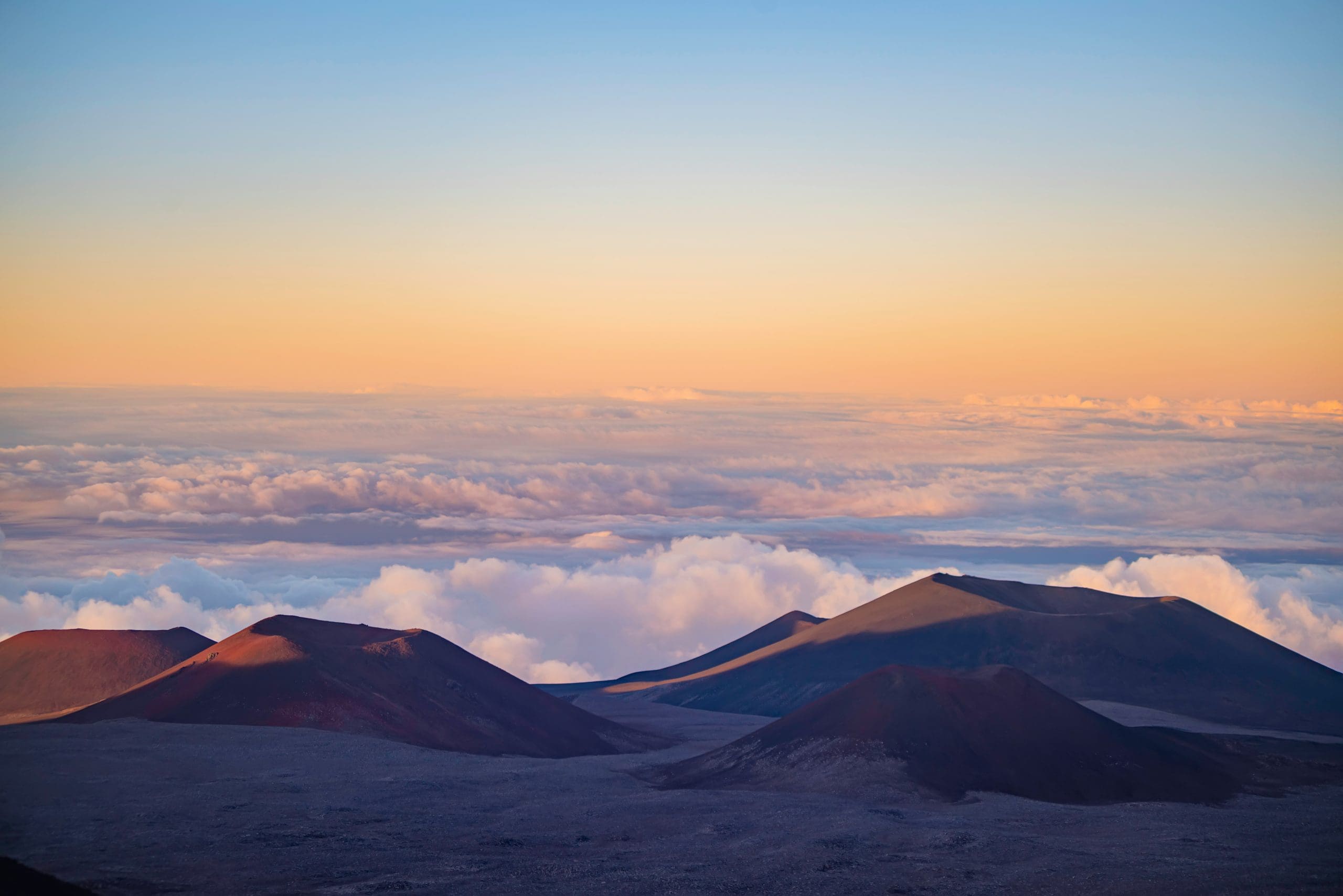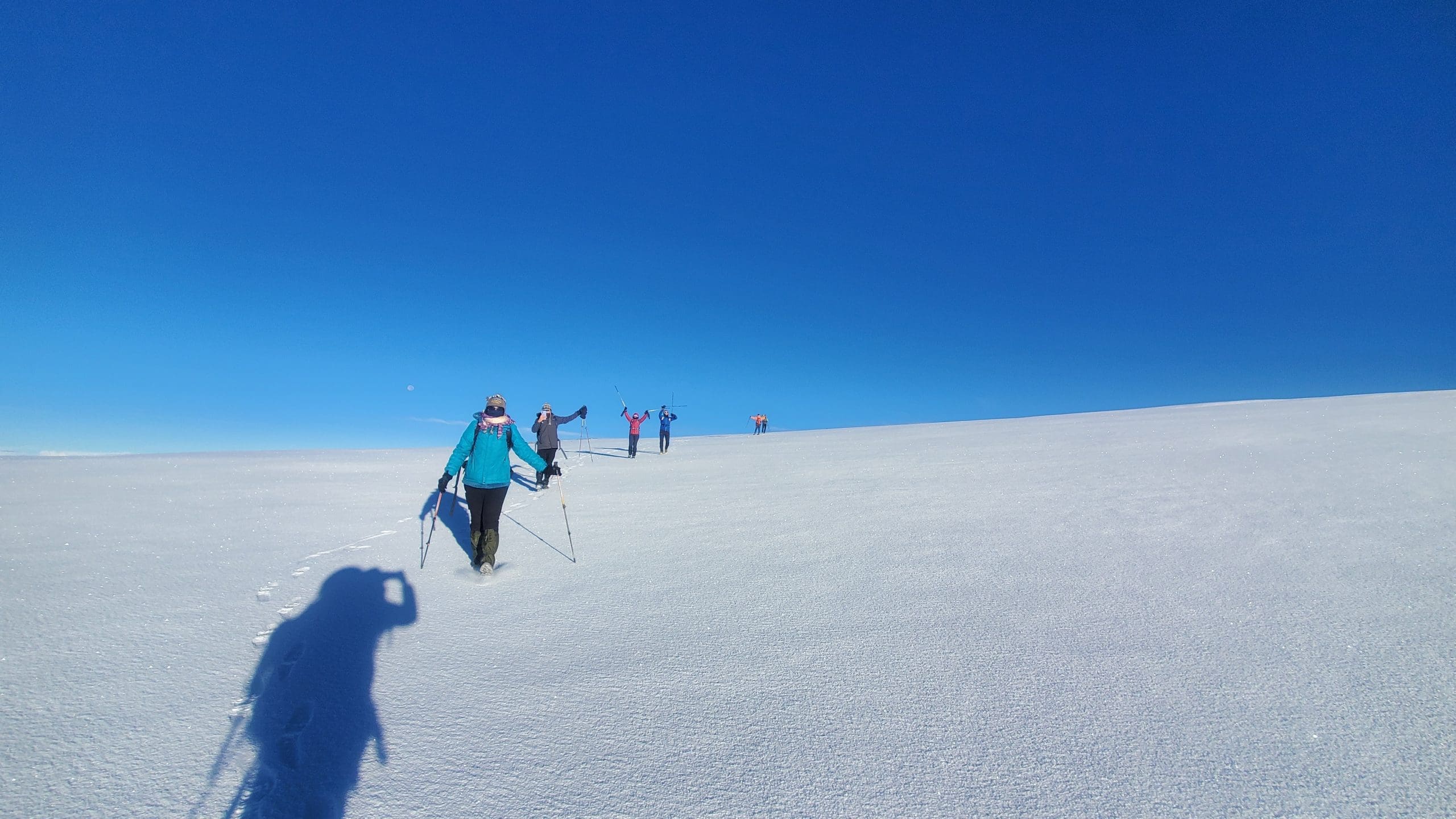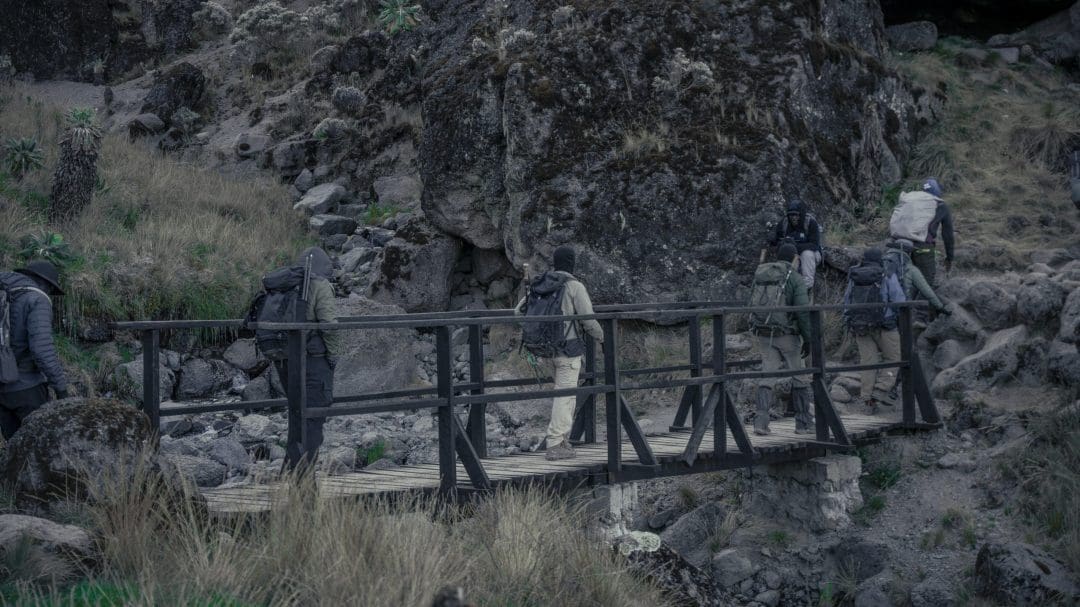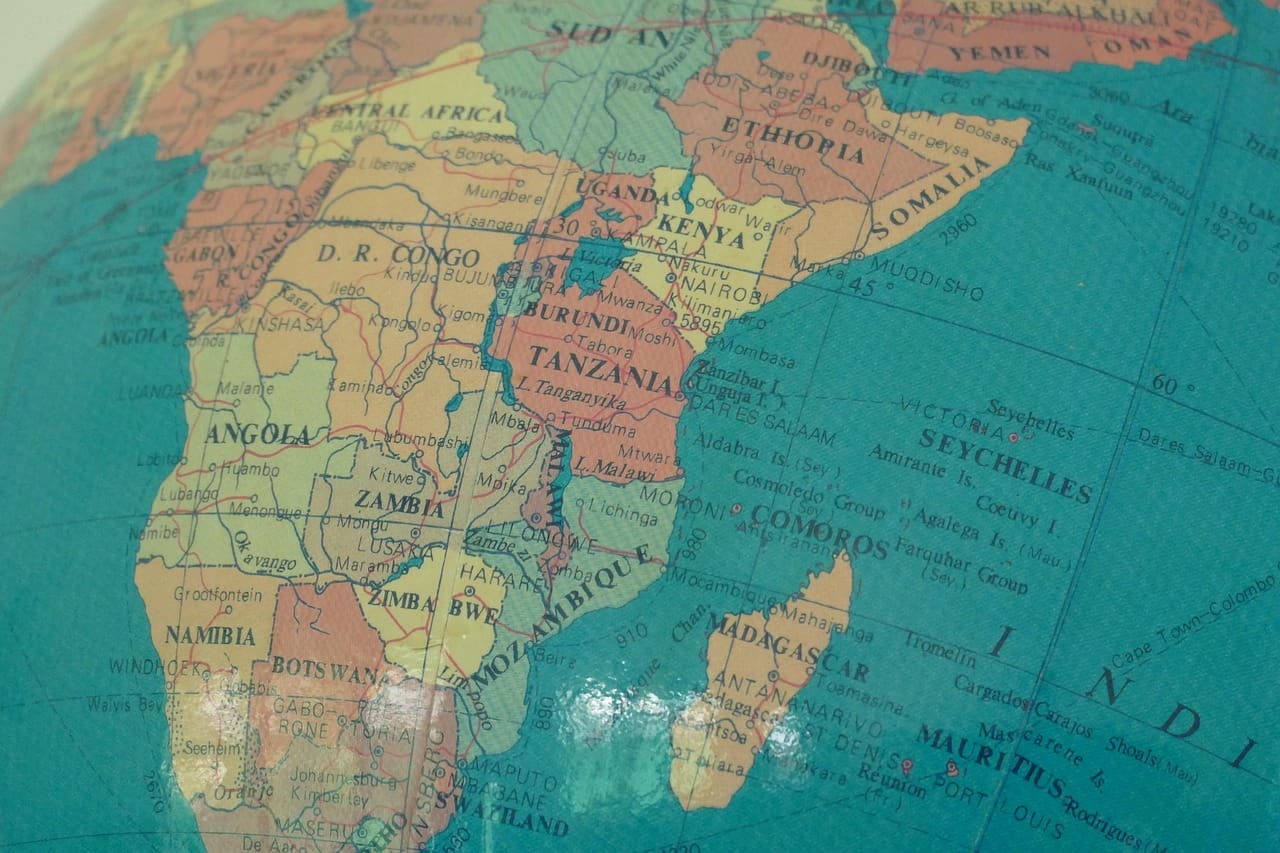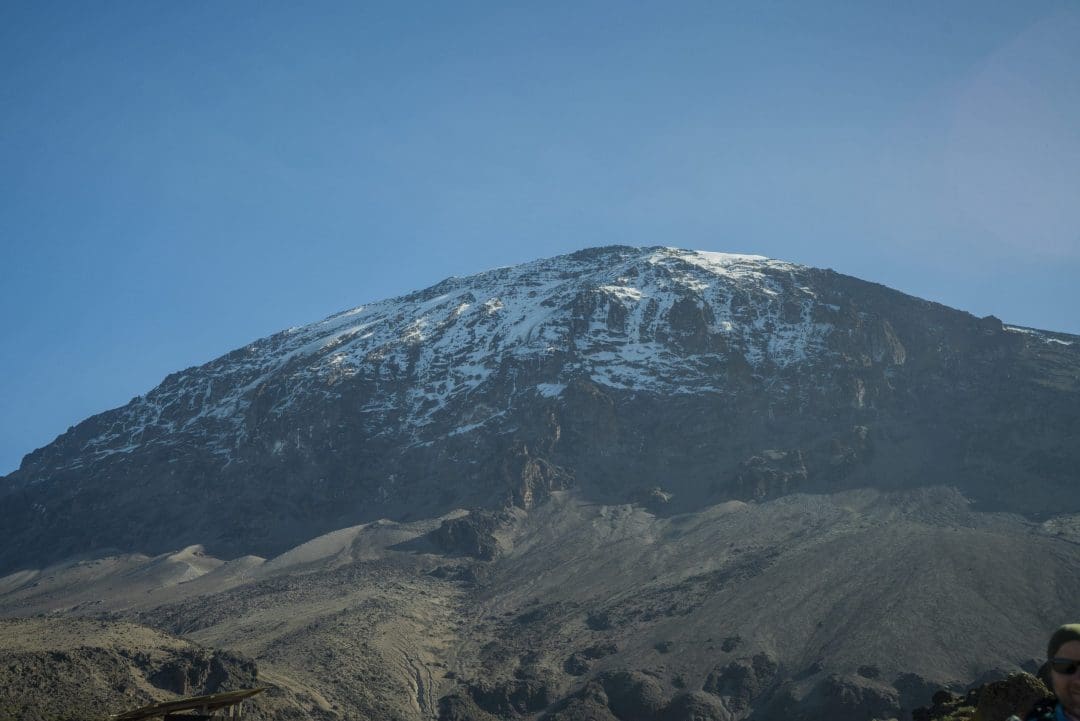When you think of the tallest mountain in the world, Mount Everest often comes to mind. However, Mauna Kea makes a unique claim to this title. Measured from its underwater base to its summit, the Hawaii mountain stands over 10,210 meters (33,500 feet), which is taller than Everest. This shield volcano on Hawaii’s Big Island offers a unique blend of natural beauty, cultural heritage, and adventure.
Let’s look at why Mauna Kea is a must-visit for travellers seeking a unique gaze.
What Makes Mauna Kea the Highest Mountain in Hawaii?
Mauna Kea is considered the tallest mountain in Hawaii due to its measurement from base to peak. While Mount Everest is 8,848 meters tall above sea level, Mauna Kea starts way down at the bottom of the Pacific Ocean. The total height from the ocean floor to the top is imposing.
- Geological Marvel: This mountain is a shield volcano, which means it was formed by lava flows over a long period, resulting in its broad and gentle slopes.
- Height Comparison: When measured from the ocean floor, Mauna Kea is about 10,210 meters tall, and above sea level, it stands at 4,207 meters (or 13,803 feet).
- Cultural Significance: For Native Hawaiians, the mountain is sacred and holds a special place in their culture, seen as the home of deities and a spiritual site.
For those seeking adventure, visiting the tallest mountain in Hawaii offers a chance to witness a genuine geological wonder. Its unique shape makes it one of the most notable mountains.
Is Mauna Kea the Tallest Mountain in the World?
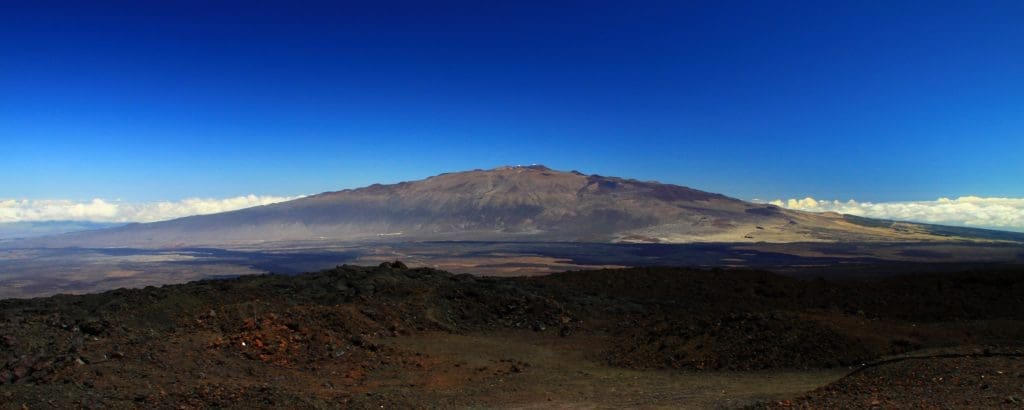
Lorem ipsum dolor sit amet, consectetur adipiscing elit. Ut elit tellus, luctus nec ullamcorper mattis, pulvinar dapibus leo.
When it comes to the tallest mountains, how they’re measured can spark debate. Is Mauna Kea the tallest? It depends on how you look at it.
1. Base-To-Peak Measurement: When estimated from its base to peak, Mauna Kea is taller than Everest. But above sea level, Everest takes the crown.
- Above Sea Level: Mount Everest’s Height is greater than any other mountain in the world above sea level.
3. Unique Features: Mauna Kea also has great spots for stargazing, thanks to its clear skies and observatories up at the summit.
Data from sources such as the U.S. Geological Survey and National Geographic support these measurements, making Mauna Kea a fascinating destination for anyone interested in mountains.
What To Expect on Mauna Kea
Visiting Mauna Kea is an adventure unlike any other. The summit offers beautiful views, unique ecosystems, and exposure to new cultural experiences. Here’s what travellers can expect:
- Onizuka Visitor Centre: Sitting at 2,804 meters, the Ellison Onizuka Visitor Centre is your starting point for Mauna Kea. You’ll find fun exhibits about the mountain’s geology, astronomy, and cultural history. You can also pick up souvenirs, grab a warm drink, and join ranger-led activities to learn more about the Hawaii mountains.
- Stargazing Opportunities: The summit of Mauna Kea is a premier spot for stargazing due to its high elevation and minimal light pollution. The visitor centre offers free stargazing events every night, as long as there’s good weather. If you’re up for it, guided tours to the summit allow you to explore world-class observatories and spot galaxies and nebulae.
- Hiking and Tours: You can also hike the 6-mile round-trip trail to the summit, but be prepared for the high altitude and rugged terrain. If hiking isn’t your thing, guided 4WD tours are a safe way to reach the summit while learning about the Big Island’s volcanic history. For similar adventures, read about Climbing Mount Kilimanjaro.
- Unique Ecosystems: The slopes are home to different ecosystems, ranging from subalpine shrublands to rocky alpine deserts. Upon these slopes, you can find rare native plants and wildlife, including the palila bird, which only lives there. The sacred Lake Waiau, at 3,970 meters, is also a rare sight to behold.
- Cultural Experiences: Mauna Kea is a sacred place for Native Hawaiians, tied to deities such as Poli‘ahu, the snow goddess. You can gain insight into traditional practices through tours or cultural talks at the visitor centre, which helps cultivate respect for the mountain’s spiritual importance.
Mauna Kea Mountain Weather
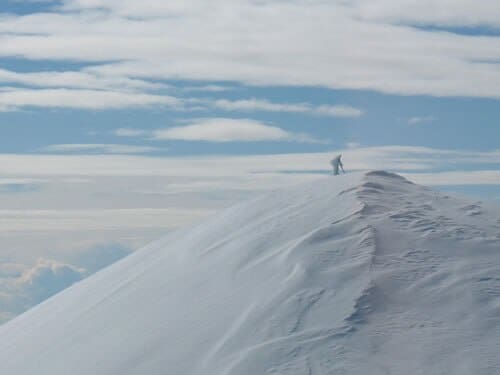
Mauna Kea’s weather is unpredictable, especially at higher elevations. Understanding the weather on Mauna Kea Mountain is essential for planning a safe visit.
- Extreme Temperature Swings: Temperatures at the summit of the mountain can be extreme. At the top, temperatures typically range from 0°C to 10°C (32°F to 50°F) during the day, but at night, they can drop below freezing, even in the summer. In winter, you can expect a lot of snow, turning the mountain into a snowy paradise.
- Sudden Storms and Fogs: The weather on Mauna Kea can change rapidly. You might encounter thick fog, strong winds (sometimes reaching up to 50 mph), and sudden rain or snow, which can make visibility difficult and navigation challenging. Make sure to check the weather before heading up there.
- High Altitude Effects: Being at 4,207 meters means the air is thinner, which can lead to altitude sickness. You might feel dizzy or short of breath, so it’s a good idea to spend at least 30 minutes at the visitor centre to help your body adjust.
- Seasonal Patterns: The best time to visit is during the dry season from May to October, when conditions are milder and great for hiking or stargazing. Winter, from November to April, brings more snow and stronger winds, so you’ll want to be ready for that. A reliable weather forecast is key for planning your trip.
For updates on the weather, the University of Hawaii’s Mauna Kea Weather Centre gives real-time info and forecasts. You can also check mobile apps or ask at the visitor centre to get the latest on what’s happening up there. But here is your quick check below.
Weather Factor | Details |
Temperature | 0°C to 10°C at summit; colder in winter |
Precipitation | Snow in winter, rain at lower elevations |
Wind | Strong winds are common; gusts up to 50 mph |
Best Time to Visit | May to October for milder conditions |
Why Visit Mauna Kea?
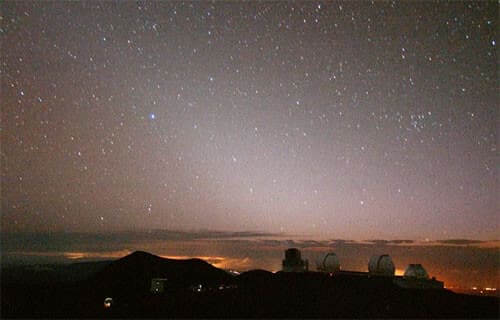
Mauna Kea offers more than just its status as the tallest mountain in Hawaii. Its unique features make it a bucket-list destination.
- Stunning Views at Mauna Kea: This shield volcano in Hawaii Volcanoes National Park showcases the remarkable power of island volcanoes. Its slopes and cinder cones make for great photos and provide insight into the Big Island’s geological history.
- Sacred Lake Waiau: At 3,970 meters, Lake Waiau is one of the highest lakes in the U.S. and holds special meaning for Native Hawaiians. Its bright turquoise water, set in a volcanic crater, stands out against the rocky alpine scenery.
- Great Stargazing: The summit of Mauna Kea boasts 13 observatories, making it a premier destination for astronomy enthusiasts. With clear skies and high elevation, you’ll get incredible views of the night sky, better than anywhere else in Hawaii.
- Fun for Everyone: Whether you’re an experienced hiker or just want to join a guided tour, the mountain is open to everyone. From easy activities at the visitor centre to strenuous hikes to the summit, it’s a great place to explore Hawaii’s tallest mountain.
Mauna Kea vs. Other Tallest Mountains
How does Mauna Kea compare to other giants like Mount Everest or Kilimanjaro? The table below highlights key differences:
Mountain | Height (Base to Peak) | Height Above Sea Level | Location | Key Feature |
Mauna Kea | 10,210 meters | 4,207 meters | Big Island, Hawaii | The Tallest mountain in Hawaii |
Mount Everest | 8,848 meters | 8,848 meters | Nepal/Tibet | The highest peak above sea level |
Mount Kilimanjaro | 5,895 meters | 5,895 meters | Tanzania | Africa’s highest peak |
The mountain’s unique base-to-peak measurement solidifies its place as the tallest mountain in the world when measured from the ocean floor.
Tips for Visiting Mauna Kea
To make the most of your trip, follow these practical tips:
- Get Used to the Altitude: Spend about 30 to 60 minutes at the Onizuka Visitor Centre (2,804 meters) to help your body adjust before heading to the top of Mauna Kea. It helps lower the chances of getting altitude sickness because the air becomes thinner as you ascend higher.
- Check the Weather: Look up the forecast through the University of Hawaii’s weather centre or other local apps. It’s best to skip trips during storms or strong winds, especially in winter, to prioritise safety.
- Follow Local Customs: Mauna Kea is a sacred place, so it’s essential to respect the local guidelines. Stick to the marked trails, avoid disturbing sensitive areas like Lake Waiau, and appreciate the traditions of Native Hawaiians to help protect the delicate environment.
- Prepare for Cold Weather: Be sure to pack warm clothing, including layers, gloves, and hats, as the summit can get quite cold. Don’t forget your sunglasses and sunscreen, as the sun’s rays are much stronger up high.
- Join a Guided Tour for Safety: If you want to reach the summit, it’s a good idea to take a professional 4WD tour. These tours ensure you get up safely and often include stargazing or local insights, making your visit even more enjoyable.
In Closing
Mauna Kea is the tallest mountain in Hawaii and the tallest in the world. It’s a fantastic place that catches the eye of everyone who visits. Whether you’re into its unique geology or the cultural stories it tells, you’ll find something special here. All you have to do is plan your trip well, respect the local culture and environment, and get ready for a great mix of nature and culture.
Frequently Asked Questions
1. Why is Mauna Kea considered the tallest mountain in the world?
Mauna Kea is the tallest when measured from its base underwater to the summit, which is approximately 10,210 meters. Unlike Mount Everest, which is 8,848 meters high above sea level, its height is measured from its base at the ocean floor. So, by that measure, it’s the tallest mountain in Hawaii and the world, according to USGS data.
2. Can I hike to the summit of Mauna Kea?
Yes, but it’s a challenging hike that requires preparation. The Mauna Kea Trail is 6 miles long and can be difficult due to its high altitude and rough terrain. You’ll need the right gear, take time to acclimate, and be in good shape.
3. What is the best time to visit Mauna Kea?
May to October. During these months, the weather is milder with less snow and fewer storms, making it an excellent time for hiking or stargazing. Winter can be harsh, so it’s best to check the weather forecast before you go to ensure a fun and safe visit.
4. Is Mauna Kea an active volcano?
No, it’s dormant. The last eruption occurred over 4,000 years ago and is considered low-risk by the USGS. Although it’s not an active volcano, they still keep an eye on it for any seismic activity, so it’s safe to explore.



